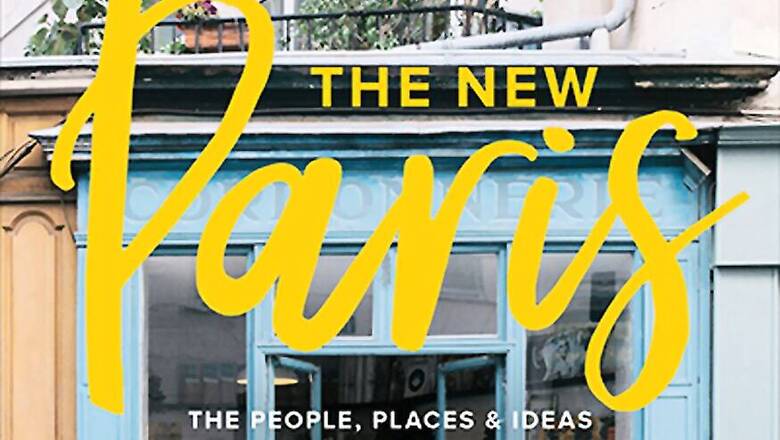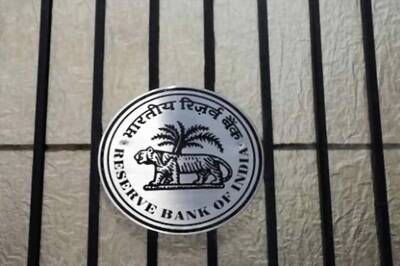
views
After decades of resting on its laurels and being content with mediocrity, Paris is emerging from its fog of complacency thanks to a new generation of creatives who are carving out a "new Paris." That's according to American expat and travel writer Lindsey Tramuta, who shines the spotlight on Parisian artisans, chefs, designers and entrepreneurs at the forefront of a burgeoning creative movement in her book "The New Paris," to be released later this month by Abrams.
Once idealized as the cradle of high fashion, gastronomy and an overall savoir-faire, the French capital would gradually see its influence weaken on the international stage, eclipsed by more innovative, daring, and progressive cities.
Paris had become a "prisoner to its own deified history," Tramuta writes, resisting change and digging its heels in the old ways.
"As other world capitals garnered attention in the media for innovations in technology, business, and even the culinary arts, Paris's image as change-phobic and voluntarily disconnected from the global world was cemented even further," she writes.
But thanks to a perfect storm of factors ranging from the economic crisis and globalization to the power of social media and the arrival of influential foreigners, a fresh new energy has been sweeping through the capital in recent years, she says, shifting the city away from tired cliches.
The rise of Paris's creative class
Described as part cultural study, part travel guide, the book is divided into chapters dedicated to food and dining, shopping and crafts, coffee, desserts and new spaces, with profiles of locals who are leading the charge.
"There is a creativity that threads throughout every chapter, whether it's food, shopping and craftsmanship or spaces in the city that have emerged," Tramuta, who has lived in the city for 10 years, said in an interview. "Paris is having its moment with the creative class."
Some of the best examples of the new creative class can be found in the city's dining scene, which had traditionally used the Michelin guide as its one and only yardstick.
But chefs like Daniel Rose of La Bourse et la Vie, Kristin Frederick of Le Camion Qui Fume (both US expats) and Charles Compagnon, (Le Richer, 52 Faubourg Saint-Denis) have injected a breath of fresh air into Paris gastronomy, legitimizing affordable, accessible, bistro dining, she said.
"All of them wanted to provide an alternative to the Michelin-style dining. The whole middle area didn't exist yet. It was untouched. They wanted to do something informal, that wasn't beholden to the Michelin system."
- How to avoid traps and cliches -
For Tramuta, the best example of the "new Paris" can be found at the Cordonnerie, or Boot Café in North Marais, she said.
One of the most Instagrammed facades amongst visitors and locals alike, the café maintains its old façade and shop sign and is run by an American expat.
Visitors are served specialty coffee -- a relatively new trend in the city -- by a Japanese barista.
"For me, it stands for a number of changes that the city has undergone."
To experience the new Paris, Tramuta advises doing your homework, be it your first visit, or your fifth.
"Do your research. Find the leading voices coming out of Paris who can point you in the right direction. Don't show up and expect to find good food anywhere. Paris is not conducive to walk-ins. There are a lot of traps."
And while it may be easy to hold Paris up to the fantasyland propelled by filmmakers Woody Allen, Richard Linklater and leading lady Audrey Hepburn, Tramuta reminds travelers that Paris has no shortage of grit.
"Paris is a city like any other. It's a living, breathing capital and as a result, it can't be perfect. Expectations should be managed."
"The New Paris: The People, Places & Ideas Fueling a Movement" is out April 18 and retails for $29.95.

















Comments
0 comment